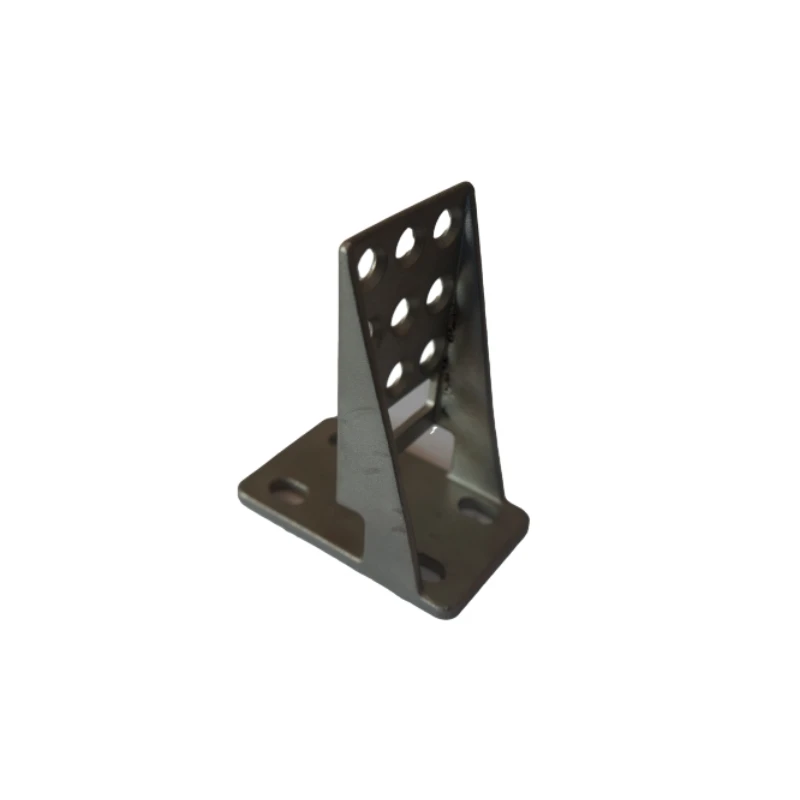cf8m cf3m
Exploring the Synergy Between CF8M and CF3M A Comprehensive Overview
In the realm of materials engineering, understanding the nuances and applications of various alloys and grades is pivotal for optimal performance in industrial settings. Among these, CF8M and CF3M grade stainless steels are frequently highlighted for their excellent mechanical properties and corrosion resistance, particularly in high-temperature and aggressive environments. This article aims to explore the similarities, differences, and applications of CF8M and CF3M, providing valuable insights for engineers, manufacturers, and researchers alike.
Understanding CF8M and CF3M
CF8M and CF3M belong to the family of austenitic stainless steels, characterized by their face-centered cubic structure, which contributes to their high ductility and toughness. These materials are primarily used in environments where corrosion resistance and high strength are necessary, making them ideal candidates for various industrial applications.
CF8M
CF8M is a cast stainless steel that is often referred to as a corrosion-resistant alloy. It is known for its excellent resistance to pitting and crevice corrosion in acidic environments, making it suitable for applications in chemical processing and petrochemical industries. CF8M is primarily composed of iron, chromium (18-20%), nickel (8-10.5%), and molybdenum (2-3%), enhancing its resistance to chloride-induced corrosion.
One of the key features of CF8M is its ability to maintain mechanical integrity at elevated temperatures. With a high melting point and excellent tensile strength, CF8M is frequently utilized in valve bodies, pumps, and heat exchangers, where both mechanical stress and corrosive media are prevalent.
CF3M
Unlike CF8M, CF3M is designed specifically to withstand more aggressive environments, particularly those involving sulfuric acid and other harsh chemicals. Its composition is similar to CF8M but with lower carbon content, which limits the formation of carbide precipitates during welding. This characteristic makes CF3M exceptionally resistant to intergranular corrosion, a common concern in welded components.
cf8m cf3m

Another notable aspect of CF3M is its superior ductility, making it easier to fabricate and shape into various components. As a result, CF3M is often utilized in applications such as heat exchangers, reactors, and industrial equipment that require intricate designs and precise fitting.
Comparing and Contrasting CF8M and CF3M
While CF8M and CF3M share many similarities in their chemical structure and general applications, there are critical differences that need to be considered depending on the intended use. The lower carbon content in CF3M provides enhanced stability and resistance to stress corrosion cracking, especially in environments exposed to saline solutions or high levels of chlorides.
In terms of heat treatment, both CF8M and CF3M respond well, but CF3M’s properties make it more suitable for welding and fabrication without compromising its integrity. This aspect is vital for industries that rely on welding, as they often demand materials that can withstand rough operational conditions without risk of failure.
Applications in Industry
CF8M is extensively applied in the production of components like valves, fittings, and pressure vessels, particularly in the oil and gas, petrochemical, and food processing sectors. Its robust performance under heat and pressure makes it a preferred material in these industries.
On the other hand, CF3M is favored in applications where aggressive chemicals are prevalent, including nuclear power plants, offshore platforms, and various pulp and paper applications. Here, the material's ability to resist corrosive attack and retain its mechanical properties under stress is crucial.
Conclusion
In summary, CF8M and CF3M are invaluable materials in the field of stainless steel applications, each with unique properties that make them suitable for specific industrial needs. Understanding their characteristics and differences is essential for engineers and designers tasked with selecting the right material for their projects. By leveraging the strengths of CF8M and CF3M, industries can ensure durability, safety, and efficiency in their operations, ultimately leading to more robust and reliable outcomes.
-
Precision Sheet Metal Stamping Manufacturer | Fast & ReliableNewsAug.01,2025
-
OEM Sand Cast Pump Valve Fittings - Baoding Hairun Machinery And Equipment Trading Co., Ltd.NewsAug.01,2025
-
Custom OEM Impellers | High Efficiency & PrecisionNewsAug.01,2025
-
OEM Sand Cast Pump Valve Fittings - Baoding Hairun Machinery | Customization, Quality AssuranceNewsAug.01,2025
-
OEM Sand Cast Pump Valve Fittings - Baoding Hairun Machinery And Equipment Trading Co., Ltd.NewsAug.01,2025
-
OEM Sand Cast Pump Valve Fittings - Baoding Hairun Machinery And Equipment Trading Co., Ltd.NewsJul.31,2025















